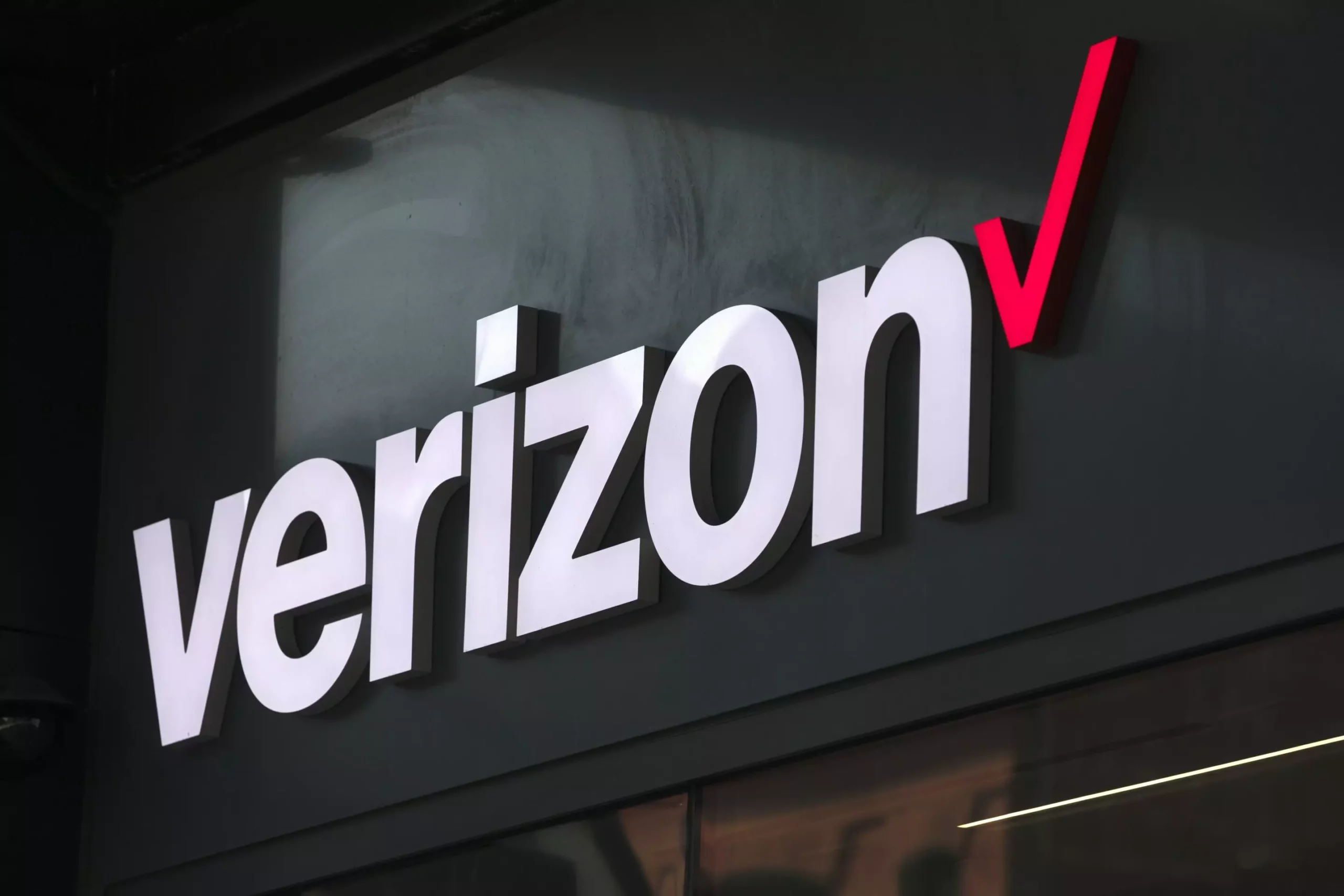On Monday, Verizon’s cellular network experienced a substantial service disruption, impacting numerous customers nationwide. Reports indicate that tens of thousands were affected, with outage tracking service DownDetector citing over 100,000 reports as of 11 a.m. ET. Although this figure decreased, it was still alarming to see nearly 48,000 users experiencing issues by late afternoon. The outage was extensive, with users from various regions—including the Southeastern United States, where recent hurricane recovery efforts have already placed significant stress on residents—reporting problems. The scope of the outage, spanning the country from the West Coast to the Midwest and Northeast, suggests a systemic issue within Verizon’s network infrastructure.
The outpouring of frustration from Verizon customers was palpable on social media platforms, where individuals shared their aggravation over the connectivity issues. As many sought information about the outage, the lack of consistent communication from Verizon added to the anxiety. It is worth noting that amidst a landscape where immediate connectivity is often regarded as essential, such interruptions not only hinder personal communication but also disrupt various sectors that rely on stable cellular service for operational functionality. Particularly in the case of Verizon iPhone users, many were met with “SOS” messages, indicating a failure to establish a connection to the cellular network, though emergency calls could still be placed via alternative carriers.
In attempts to mitigate backlash, Verizon updated its status on social media, confirming awareness of the situation and assuring customers that engineers were diagnosing the problem. However, the vagueness of their communication left many dissatisfied. The Federal Communications Commission (FCC) also weighed in by acknowledging the situation without delving into specifics. This response raises questions regarding the protocol for addressing widespread outages and signals a need for greater transparency in crisis communications from major service providers.
For users wrestling with the outage, there remained the option of leveraging Wi-Fi connectivity as a temporary alternative. The majority of modern smartphones, both Android and iPhones, offer Wi-Fi calling, which can provide a workaround for emergency communication needs during such disruptions. Customers are increasingly encouraged to enable this feature, illustrating the importance of flexibility in maintaining connectivity.
As the telecommunications landscape continues to evolve, service providers like Verizon must bolster their networks and enhance communication protocols during outages. This particular incident serves as a reminder of the vulnerabilities inherent in our reliance on mobile technology. For customers, being prepared with alternative methods of communication can alleviate concern during future disruptions. Ultimately, the incident underlines an urgent requirement for greater resilience in cellular infrastructure and improved service communication that can foster trust and confidence among consumers.


Leave a Reply